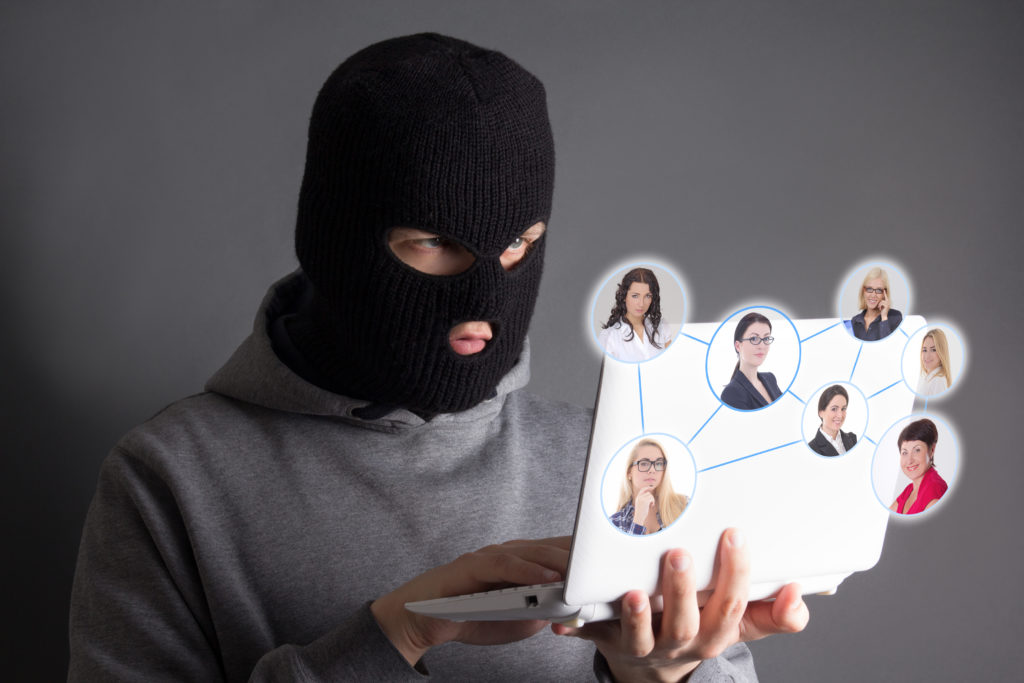Help! My social media account has been hacked.
Scammers hijack social media accounts to send fake messages, in hopes of tricking recipients into taking action. The end goal may be to trick these contacts into sending money, sharing personal information, or clicking a link that installs malware, spyware, or a virus on the victim’s device.

In this article, we’ll show you four steps you can take now to regain control of your account, banish the hacker, and protect yourself in the future.
1. Change your credentials
First step is to take back control of your account. If the hacker blocked you, you may need to contact your email service provider for help. You’ll likely need to provide a lot of information to prove your identity and regain control of your account.
If you still have access to your account, then you should make the following changes immediately:
- Get a new username and password. Choose a strong password. Secure passwords or passphrases must contain at least 12 characters, including numbers, symbols, and a mix of upper and lower case letters. Use a unique password for each account. Password managers provide an easy and secure way to create complex passwords and keep track of your login credentials.
- Change your security questions. The hacker may have gained access to your account by guessing the answers to the security questions. He could hack your account again if you don’t change these questions and answers. Avoid choosing questions whose answers can be easily guessed or found online. For example, don’t choose “What is your mother’s middle name?” if your mom regularly uses her first, middle and last name on social media.
- Enable two-factor authentication. This added security measure typically requires you to enter your username and password, along with a temporary passcode, to gain access to an account. For example, the service provider may send the unique access code to your phone each time you try to connect. This, a hacker will be much less likely to gain access to an account that has two-step verification enabled.
2. Notify your contacts
Notify colleagues, friends, and family on your contact list that your account has been hacked. Warn them to delete any suspicious messages coming from you. Also tell them not to open apps, click on links, share credit card information, or send money.
It can be embarrassing to let your contacts know you’ve been hacked, but this warning can save them from falling for a scam.
3. Look for signs of trouble
Hackers can make changes that allow them to break into your account again or even continue to scam people after you regain control of the account. To avoid this, you should take the following steps:
- Check your settings. Hackers who gain access to an email account can change settings to further compromise your security. Check your email signature to make sure it doesn’t contain unknown links. Check that your emails are not automatically forwarded to someone else. And ask your email service provider for advice on other ways to keep your account secure.
- Look for problems. Look for signs of a computer virus on your computer, phone or tablet. Disconnect from Public Wi-Fi or choose a good VPN for your Mac or Windows computer. Public Wi-Fi makes it possible for hackers to get between you and the access point. Otherwise, instead of speaking directly with the access point, your information is sent to the hacker, who then relays it.
4. Protect yourself for the future
Finally, there are a few simple steps you can take to make it less likely that your email account will be hacked again. Here’s what to do:
- Update frequently. Make sure you’re using the latest versions of your apps, browser, operating system, and software. Newer versions often contain patches to fix security vulnerabilities that hackers can exploit. You can also remove apps that you don’t use or aren’t regularly updated by their developers.
- Add security software. Get security software from a reputable company and install it on all your devices. If you already have security software, make sure you have the latest version and run it to check for malware, spyware, and viruses.
Now that you know what to do if your social media account is hacked, you can put a plan in place in case you receive the dreaded “you’ve been hacked” message from a friend. This will allow you to regain your account and your peace of mind more quickly.